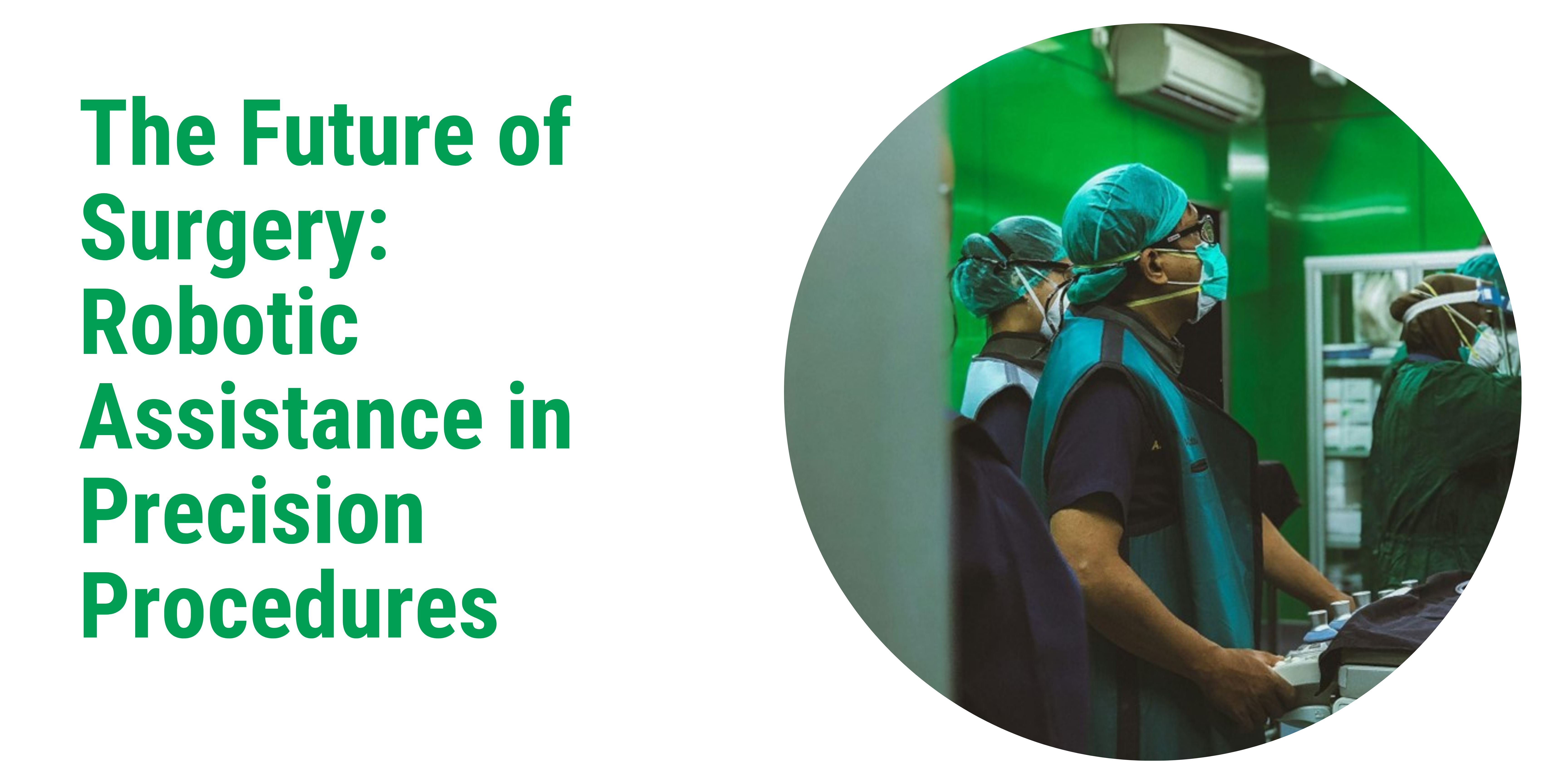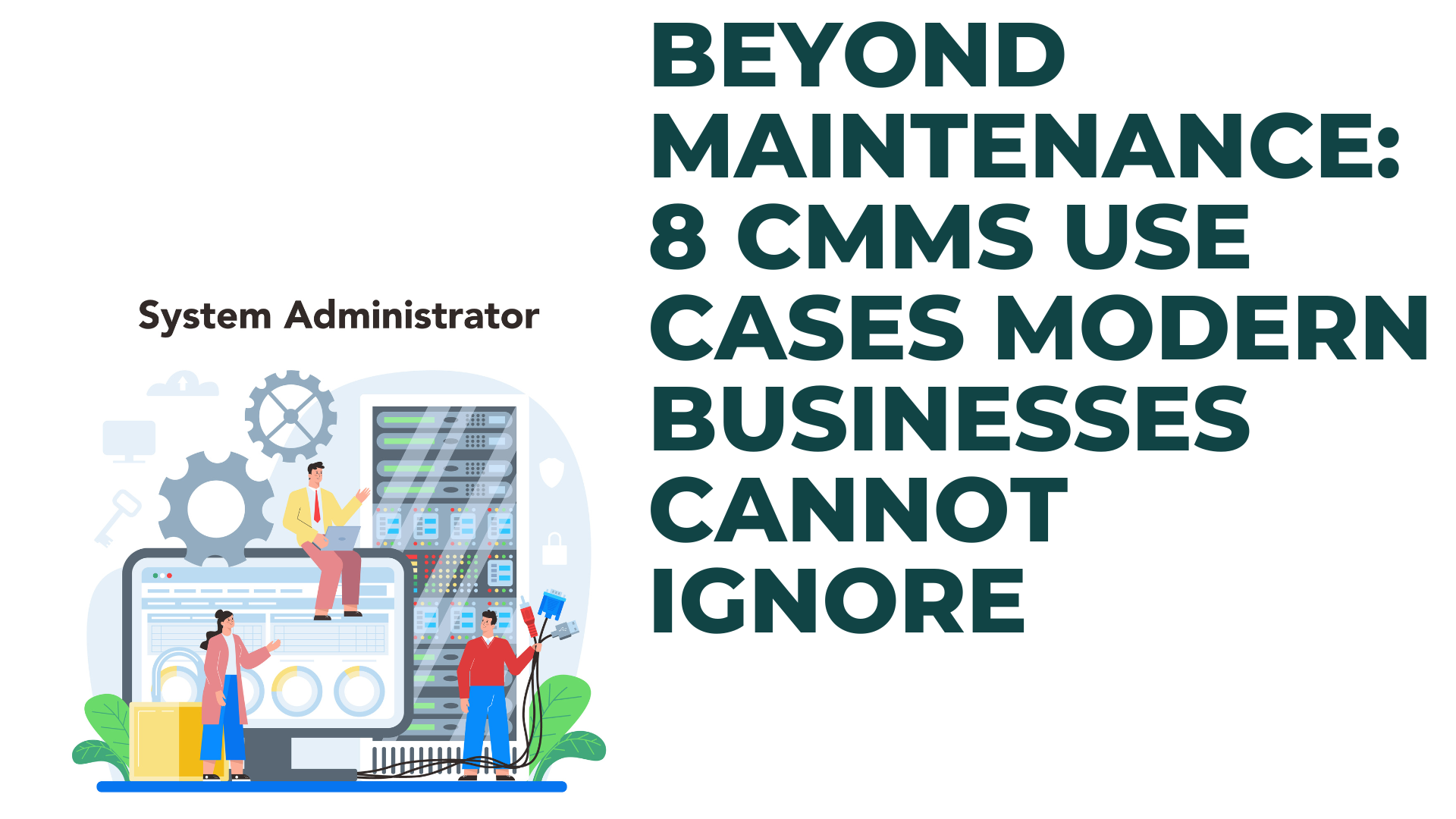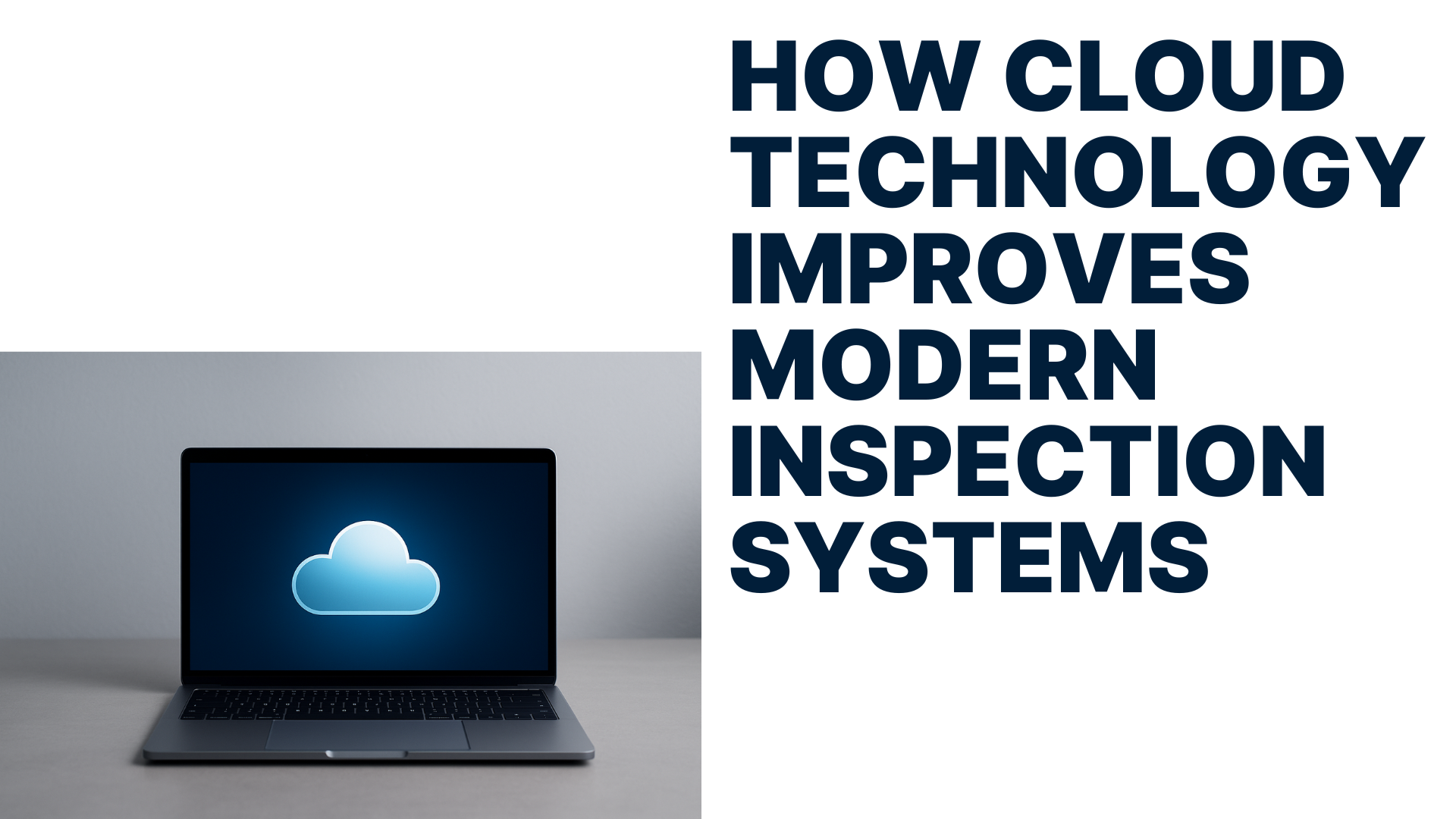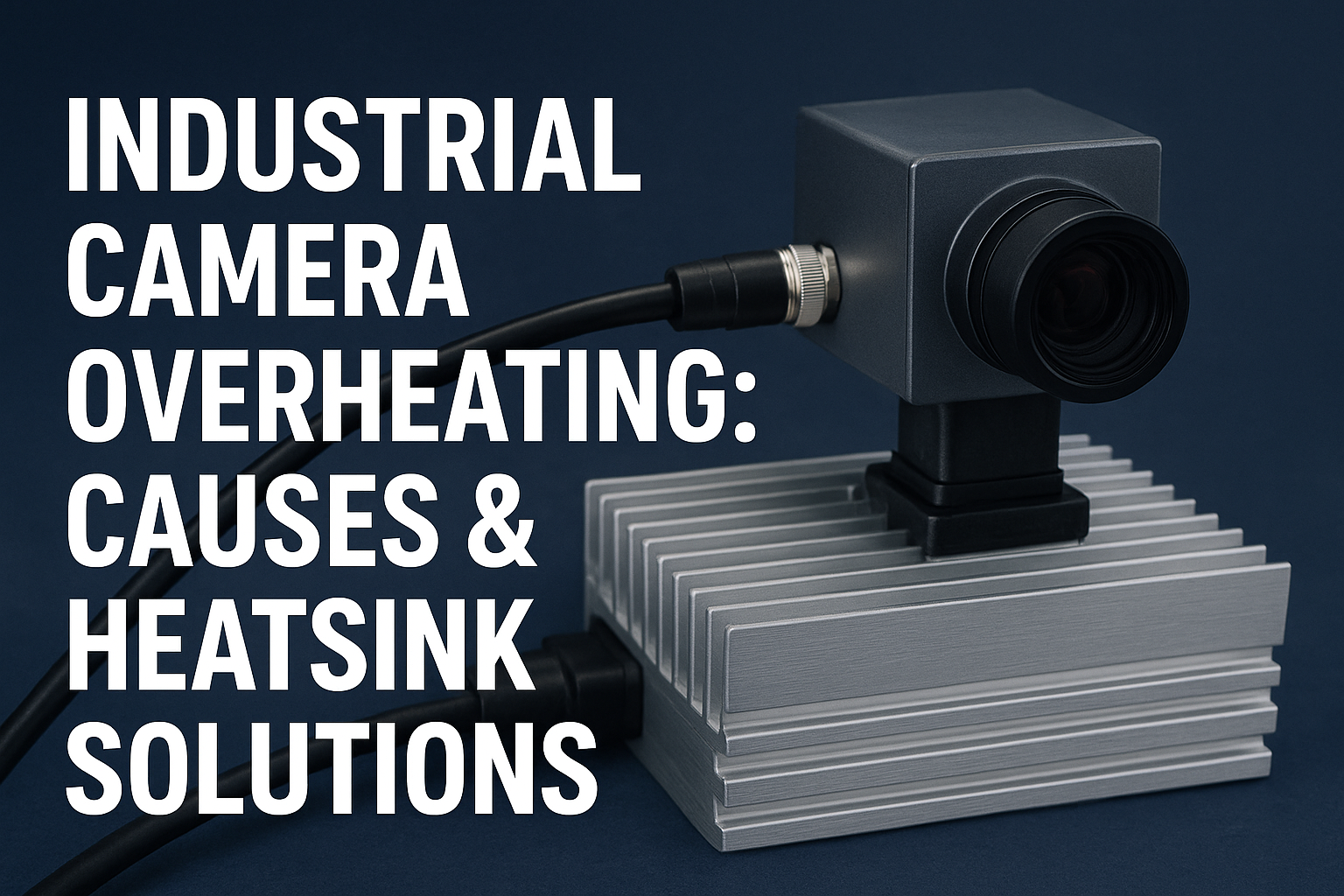A medical brave new world is unfolding, with robotic partners taking center stage in the high-stakes drama of surgery, constantly pushing the boundaries of what’s possible. Imagine healthcare where precision matters, flexibility is a must, and the well-being of individuals takes center stage. This is the radical shift we're seeing unfold right now. Imagine surgeries where complications are rare, recoveries are quick, and patients can get back to living their lives in no time. That’s the reality with robotic-assisted procedures.
Unmatched Precision in Modern Surgical Procedures
Robotic systems amplify the capabilities of surgeons, combining mechanical accuracy with advanced imaging and analytics. Better results happen when cutting-edge technology meets expert care – patients and procedures alike reap the benefits.
* Microscopic Accuracy: Imagine a surgeon's-eye view of a robotic instrument moving with precision so fine it's measured in microns. This level of accuracy has opened doors to new possibilities in delicate surgeries like neurosurgery and organ repair.
* Advanced Visualization: With crystal-clear 3D images, surgeons can virtually see around every contour, giving them the edge they need to operate with rock-solid confidence.
* Minimized Tissue Damage: Smaller, precise incisions reduce trauma, resulting in faster healing and virtually scar-free recoveries.
Surgery just got a whole lot better. Imagine a future where medical care isn't just good enough but truly exceptional. That's the reality we're creating, where every patient can trust they're receiving the very best – and loving the results.
Robotic Applications Across Medical Specialties
Robots have secured a crucial spot in medical facilities, resolving intricate problems with unmatched precision and reliability – they’re rewriting the rulebook.
* Cardiology: Robots assist in minimally invasive heart surgeries, reducing risks traditionally associated with open-heart procedures.
* Oncology: Surgical tools have evolved to remove tumors with ultra-precision, preserving precious healthy tissue while sweeping away cancerous cells in a single, comprehensive motion.
* Orthopedics: Robotic tools enable surgeons to customize joint replacement surgeries down to the smallest detail, making pinpoint-accurate adjustments for an almost perfect fit.
Tomorrow's surgeons are going to be machines – incredible, precision-perfect machines that change everything. Think reduced complication rates, dramatically shortened recovery times, and new miracles performed daily.
The Role of Artificial Intelligence in Surgery
With AI at their side, surgeons can pierce the veil of uncertainty, calmly and confidently calling the shots that save lives.
* Predictive Capabilities: AI analyzes patient data, identifying potential risks and suggesting tailored solutions for each case.
* Customized Surgical Plans: Algorithms enable surgeons to craft personalized treatment approaches, optimizing safety and efficacy.
* Real-Time Adaptations: During procedures, AI continually monitors conditions, adjusting robotic actions to ensure precision.
With AI on their team, surgeons can now bury their focus in the task at hand, relieved that the system has their back, constantly watching for trouble.
Deep Plane Facelift: Precision Meets Aesthetics
For a rapid rejuvenation of your entire face, consider the deep plane facelift – a transformative procedure that rebuilds and revives. Unlike traditional facelifts, which primarily address superficial layers, the deep plane technique targets deeper facial structures for a natural, long-lasting lift. Facial muscles relax, volume is restored, and youthful energy radiates effortlessly.
However, do your due diligence before opting for this advanced procedure: seek a skilled surgeon familiar with its complexities. Whether exploring a facelift Fort Worth or elsewhere, collaborating with trusted experts ensures optimal outcomes tailored to your unique needs.
Telemedicine Meets Robotics: Bridging Distances in Healthcare
Surgical expertise is now just a screen away, thanks to robotic-assisted telemedicine, which transcends geography to connect patients with top specialists.
* Remote Operations: Advanced robotics enable surgeons to perform complex procedures from miles away, ensuring access to top-tier care.
* Emergency Solutions: Remote capabilities empower surgeons to address critical situations promptly, saving lives in time-sensitive cases.
Think globally, act locally – this mantra has taken on a whole new meaning in recent years. As global citizens, we're recognizing the immense value of joining forces to push beyond national borders. Top medical minds team up globally to take patient care to new heights.
With robotics and telemedicine working in harmony, healthcare is delivered directly to patients’ fingertips, regardless of location.
Transforming Patient Care with Minimally Invasive Techniques
Surgery just got a whole lot gentler, thanks to robots that precision-engineer procedures to reduce the physical burden on patients, resulting in a lower-stress recovery.
* Faster Recovery: Smaller incisions mean quicker healing, allowing patients to return to their routines swiftly.
* Lower Infection Risks: Precision reduces exposure, decreasing the likelihood of post-operative complications.
* Enhanced Aesthetics: Reconstructive and cosmetic surgeries yield natural-looking results with minimal scarring.
From routine operations to intricate ones, surgeons are increasingly turning to robotic surgery as their go-to solution.
Navigating Challenges and Unlocking Opportunities
Robotic surgery's impressive promises are undermined by a slew of sticky issues that need fixing before it can live up to the hype.
* Cost Barriers: Expensive robotic systems are a major hurdle – can we find ways to cut costs and open them up to a broader audience?
* Training Requirements: Surgeons need rigorous, time-intensive training to master these advanced systems.
* Ethical Considerations: As robotic and AI systems become more autonomous, ethical frameworks must guide their development and use.
Instead of letting hurdles hold it back, robotic-assisted surgery surges forward, redistributing the playing field so more people can get exceptional medical treatment.
Looking Ahead: Innovations Shaping the Future
As robotic-assisted surgery continues to advance, its future looks brighter than ever, promising ground-breaking improvements.
* Nanorobotics: Tiny mechanical surgeons could treat diseases or repair damage with unmatched precision inside the body.
* Augmented Reality (AR): Real-time AR overlays will enhance visualization of anatomical structures, aiding surgical precision.
* Autonomous Learning Systems: AI-enabled robots that refine their skills through experience will further elevate surgical accuracy.
Robotics and innovation are revolutionizing healthcare, brightening the outlook for patients globally.
With robots joining the surgical team, medical specialists can offer super-sharp precision and a host of benefits that leave patients beaming. Imagine a world where cutting-edge technology converges with innovative surgical methods like the deep plane facelift – the potential is staggering. The impact of these developments will be profound: surgeons will gain precision, patients will recover faster, and the entire medical community will raise its standards – worldwide.
















Post Comments